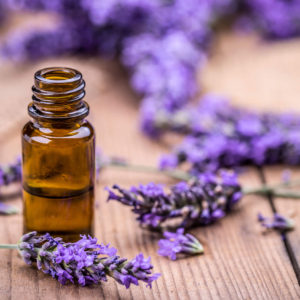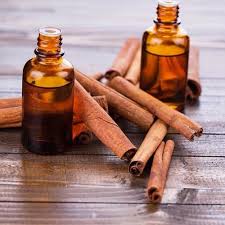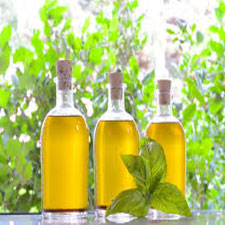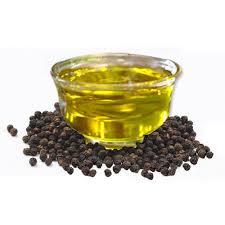Description
Arnica refers to a clan of flowering perennial plants from the daisy family (Compositae) that’s native to Europe and Siberia but also grows in North America, especially in mountainous regions. It is well-known for its use in natural medicine and is recognizable through its flowers, which have yellow petals and an orange center. Arnica grows between one to two feet high, with one to three flower blossoms per plant.
How Does Arnica Oil Work?
Most of arnica oil’s anti-inflammatory and pain-relieving properties are attributed to its thymol derivatives. Thymol has been found to be effective as a vasodilator of subcutaneous blood capillaries, which helps facilitate the transport of blood and fluid accumulations and acts as an anti-inflammatory to assist normal healing processes.
Arnica oil also stimulates the flow of white blood cells, which process congested blood to help disperse trapped fluid from the joints, muscles, and bruised tissue.
Benefits of Arnica Oil
Arnica oil is found to have antimicrobial and anti-inflammatory properties and may be helpful for treating or relieving:
Arnica oil benefits Muscle aches, spasms, pulled muscles, or rheumatic pain ? A 2007 study found that a homeopathic arnica solution has a positive effect on muscle soreness after marathon running.
Arnica is actually one of my recommended natural remedies for delayed onset muscle soreness or DOMS.
Sprains, bruises, and swelling due to fractures
Insect bites – Homeopathic arnica can help treat insect bites and stings, especially those that may lead to intense bruising and soreness.
Hair loss – A diluted form applied to your scalp can help increase local blood circulation, thereby promoting hair growth.
Uses:
- Arnica flowers and roots have been used for hundreds of years as an herbal medicine. It was said that the German poet and philosopher Goethe consumed arnica tea to relieve chest pain. Smoking the leaves was also a popular therapeutic practice. Today, though, great caution is advised when using arnica, especially in its pure essential oil form.
- Arnica oil is used in perfumes and some cosmetic products, such as anti-dandruff lotions and hair tonics. Aside from arnica oil, arnica pellets, topical gels, and creams are also available today.
- Pure arnica essential oil is NOT recommended for aromatherapy, as it is very potent and may be toxic. However, its diluted form can help reduce swelling, protect against infections, and relieve pain.8 Many professional athletes today even use a topical homeopathic preparation of arnica oil as first aid relief for sports- or exercise-related pain or injury.






Reviews
There are no reviews yet.